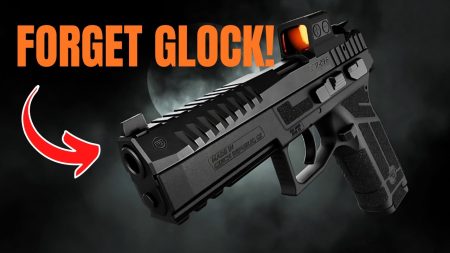When exploring the world of firearms, you’ll frequently encounter the term “carbine.” But what exactly is a carbine, and how does it differ from other firearms like standard rifles or submachine guns?
Understanding carbines is essential for anyone interested in military history, firearms technology, law enforcement equipment, or civilian shooting sports. This comprehensive guide will explain everything you need to know about carbines, from their historical origins to their modern applications.
Defining the Carbine
A carbine is a lightweight, shortened rifle designed specifically for ease of handling and improved maneuverability. The primary distinguishing feature of a carbine is its shorter barrel length compared to a standard rifle, typically ranging from 16 to 20 inches, though this can vary depending on the specific model and intended use. This reduced barrel length translates directly into a more compact overall firearm that weighs less and is easier to carry and operate in confined spaces.
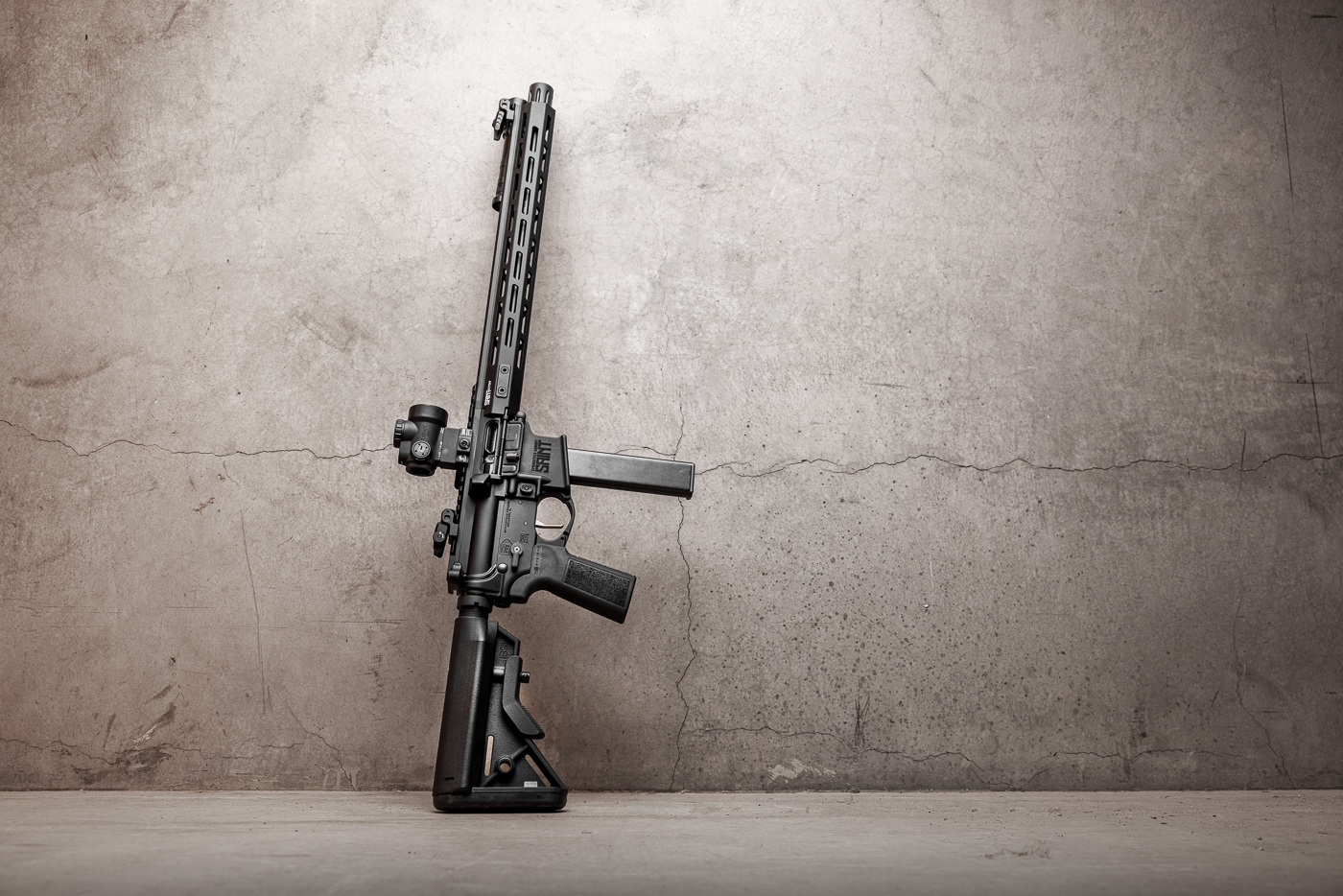
The carbine represents a deliberate design compromise in firearms engineering. By shortening the barrel and reducing the overall length of the firearm, manufacturers create a firearm that sacrifices some muzzle velocity and long-range accuracy in exchange for significantly improved portability, faster target acquisition, and enhanced maneuverability in close to medium-range engagements.
This trade-off has made carbines invaluable in numerous military, law enforcement, and civilian applications where the ability to quickly maneuver the weapon outweighs the need for maximum effective range.
Historical Origins and Etymology
The term “carbine” has fascinating historical roots that trace back to French military terminology. The word derives from the French “carabine,” which originally referred to firearms carried by cavalry soldiers known as carabiniers. During the 16th through 19th centuries, mounted soldiers faced a unique challenge: they needed firearms that could be effectively wielded while on horseback, yet still deliver sufficient stopping power in combat.
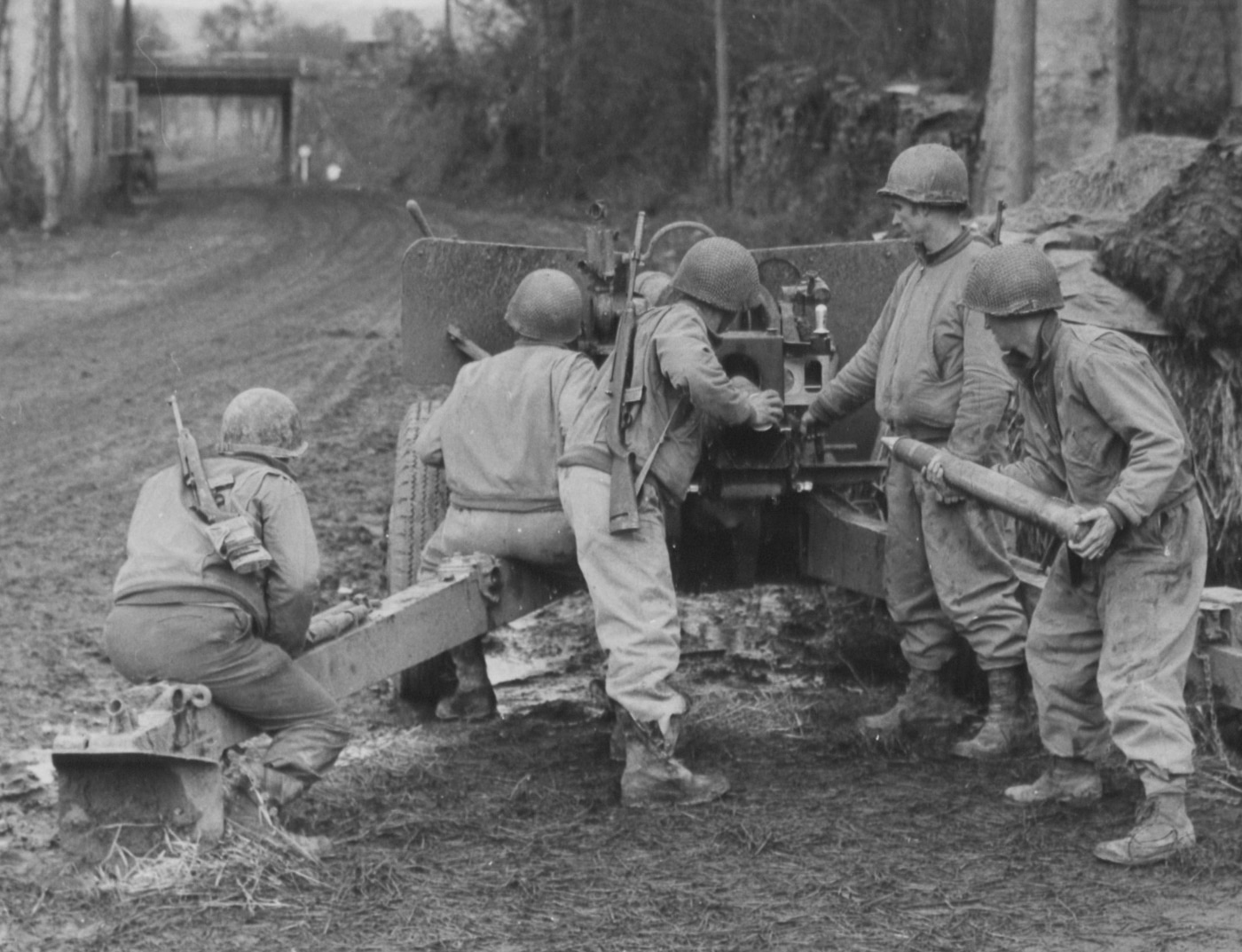
Traditional full-length muskets and rifles of that era were simply too cumbersome for cavalry use. Attempting to load, aim, and fire a five-foot-long musket while controlling a horse in battle proved nearly impossible. Military armories responded by developing shorter, lighter versions of standard infantry firearms specifically for mounted troops. These early carbines allowed cavalry soldiers to engage enemies with firearms without dismounting, revolutionizing mounted warfare tactics.
As military technology evolved through the 19th and 20th centuries, the role of carbines expanded beyond cavalry use. They became standard equipment for artillery crews, vehicle operators, officers, and support personnel who needed a defensive weapon but found full-size rifles impractical for their duties. This evolution continued into the modern era, where carbines have become frontline weapons for numerous military and law enforcement applications.
Key Characteristics That Define Carbines
Several specific characteristics distinguish carbines from other firearm types. Understanding these features helps clarify what makes a carbine uniquely suited for particular applications.
Barrel Length: The most obvious defining characteristic is the shortened barrel. While a standard military rifle might feature a 20-inch barrel or longer, carbines typically have barrels ranging from 14.5 to 20 inches. This reduction in barrel length directly impacts the weapon’s ballistic performance, generally reducing muzzle velocity and effective range while improving handling characteristics.
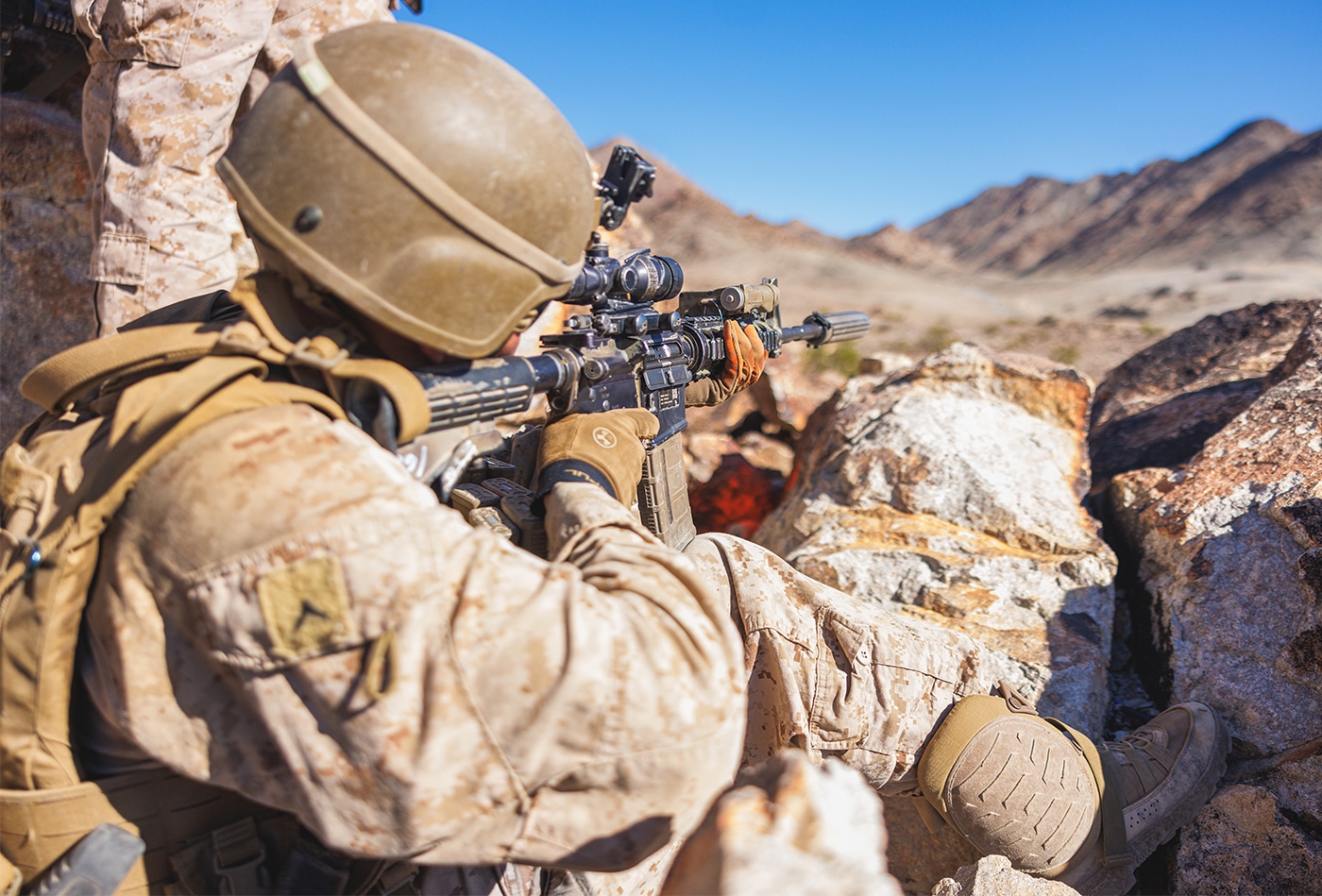
Overall Dimensions: Beyond just barrel length, carbines are designed to be more compact in every dimension. The reduced overall length makes them easier to maneuver in vehicles, buildings, and other confined spaces where a full-length rifle would be awkward or disadvantageous. This compactness proves especially valuable in modern urban warfare and law enforcement scenarios.
Weight Reduction: Carbines typically weigh one to two pounds less than their full-size rifle counterparts. This weight reduction might seem modest, but when carrying a weapon for extended periods or operating in demanding physical environments, every ounce matters. The lighter weight also contributes to faster target acquisition and reduced fatigue during prolonged operations.
Maneuverability: The combination of shorter length and reduced weight creates a weapon platform with superior maneuverability. Operators can quickly transition between targets, navigate tight corners, enter and exit vehicles, and operate in cramped environments far more effectively than with full-length rifles.
Carbines vs. Full-Size Rifles: Understanding the Trade-offs
The relationship between carbines and full-size rifles is not one of superiority but rather of specialized adaptation. Each platform excels in different scenarios, and understanding these trade-offs is crucial for appreciating the carbine’s role.
Full-size rifles offer distinct advantages in certain situations. Their longer barrels generate higher muzzle velocities, which translate to flatter trajectories, greater energy on target, and extended effective ranges often exceeding 500 meters. The longer sight radius of a full-length rifle also facilitates more precise aiming at distance. For open-field combat, long-range engagements, or situations where maximum accuracy is paramount, full-size rifles maintain clear advantages.
Carbines, conversely, excel in close to medium-range engagements typical of modern combat environments. Their compact dimensions make them ideal for urban warfare, where engagements typically occur at distances under 300 meters. The improved handling characteristics allow operators to quickly maneuver through buildings, navigate stairwells, and operate from vehicles — all common scenarios in contemporary military and law enforcement operations. Vehicle crews, paratroopers, special operations forces, and urban combat units particularly benefit from these handling advantages.
The effective range of most modern carbines extends from 200 to 300 meters, which proves entirely adequate for the vast majority of combat engagements actually encountered in modern warfare. Studies of combat engagements have repeatedly shown that most firefights occur at distances well within carbine capabilities, making the trade-off of reduced long-range performance for improved handling characteristics tactically sound.
[Read more about the effctive range of a 9mm carbine.]
Types of Carbines: Caliber Considerations
Carbines can be broadly categorized based on the ammunition they chamber, with each category offering distinct advantages and serving different operational needs.
Rifle-Caliber Carbines: These carbines chamber standard rifle ammunition, such as 5.56×45mm NATO or 7.62×39mm. The M4 carbine, widely used by the United States Armed Forces, fires the same 5.56mm ammunition as the full-size M16 rifle. Similarly, the AKS-74U, often called the “Krinkov,” is a shortened version of the AK-74 rifle firing 5.45×39mm ammunition. Rifle-caliber carbines maintain substantial stopping power and effective range while offering improved handling over full-size rifles. They represent the optimal choice when engagements might extend to medium ranges and barrier penetration is important.
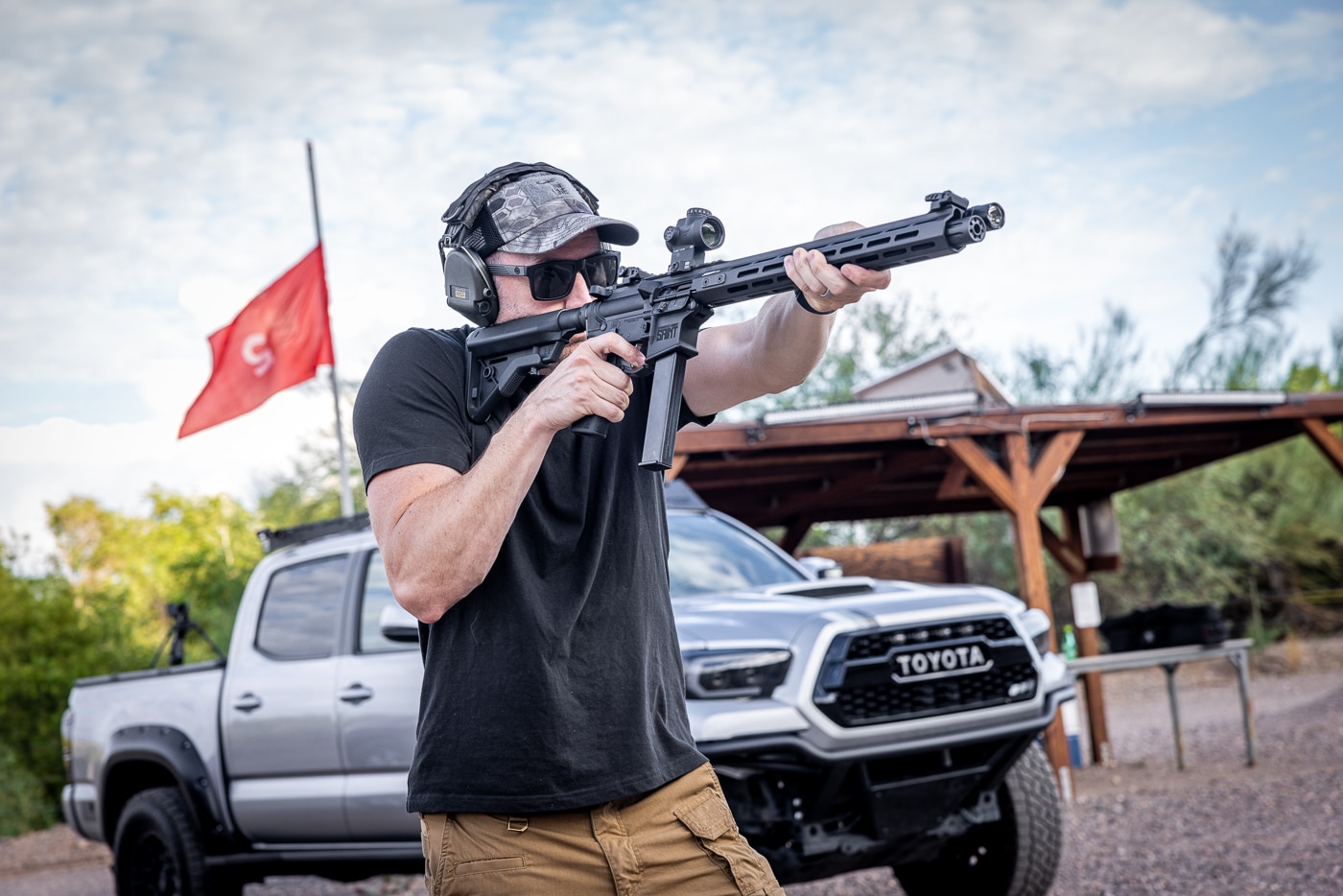
Pistol-Caliber Carbines: These weapons chamber pistol ammunition, such as 9mm Parabellum or .45 ACP. Examples include the Springfield SAINT Victor 9mm Carbine. Pistol-caliber carbines offer significantly reduced recoil, lower ammunition costs, and less overpenetration risk, making them attractive for law enforcement and home defense applications. The longer barrel compared to a pistol also increases muzzle velocity and accuracy while the shoulder-fired platform provides superior control.
Famous Carbine Examples Throughout History
Several carbine models have achieved iconic status through widespread military adoption and proven performance.
The M4 Carbine represents perhaps the most recognizable modern carbine. Adopted by the U.S. military in the 1990s as a more maneuverable alternative to the M16A2 rifle, the M4 features a 14.5-inch barrel, telescoping stock, and flat-top receiver with accessory rails. It has become the standard individual weapon for most American soldiers and has been adopted by numerous allied nations and law enforcement agencies worldwide.
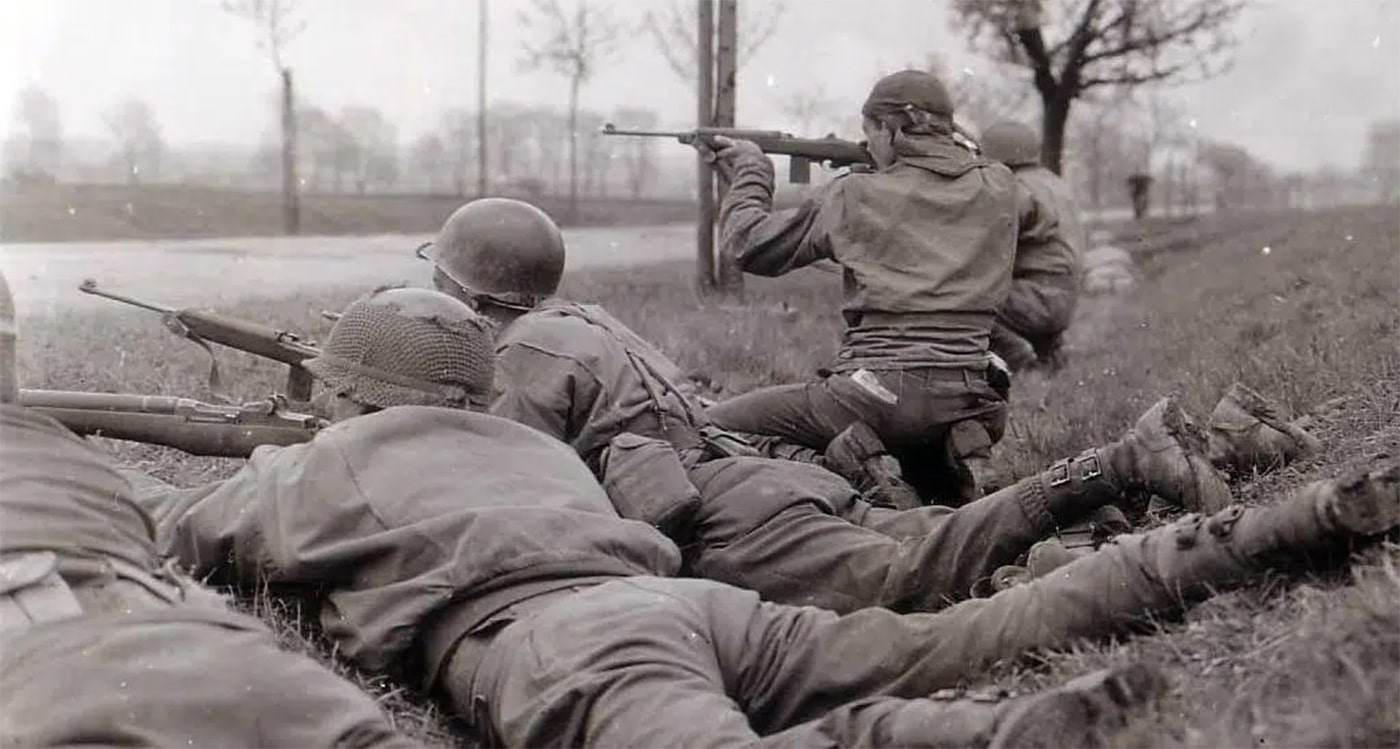
The M1 Carbine, developed during World War II, served as a lightweight weapon for support troops, vehicle crews, and officers. Firing the .30 Carbine cartridge, it offered greater range and power than pistols while remaining far more portable than the standard M1 Garand rifle. Over six million were produced, making it one of the most manufactured American military firearms.
The AKS-74U, despite its “submachine gun” designation in some nomenclatures, functions as an extremely compact carbine firing the 5.45×39mm intermediate rifle cartridge. Its radical compactness made it popular with Soviet vehicle crews, paratroopers, and special forces, though the severe barrel shortening resulted in significant muzzle flash and blast.
Modern Applications of Carbines
Today’s carbines serve diverse roles across military, law enforcement, and civilian sectors.
Military Use: Modern infantry units increasingly favor carbines as primary weapons. Special operations forces particularly value carbines for their versatility across diverse mission profiles. Vehicle crews, airborne units, and military police find carbines ideal for their operational requirements. The ability to quickly transition from vehicle operations to dismounted combat makes carbines indispensable in mechanized warfare.
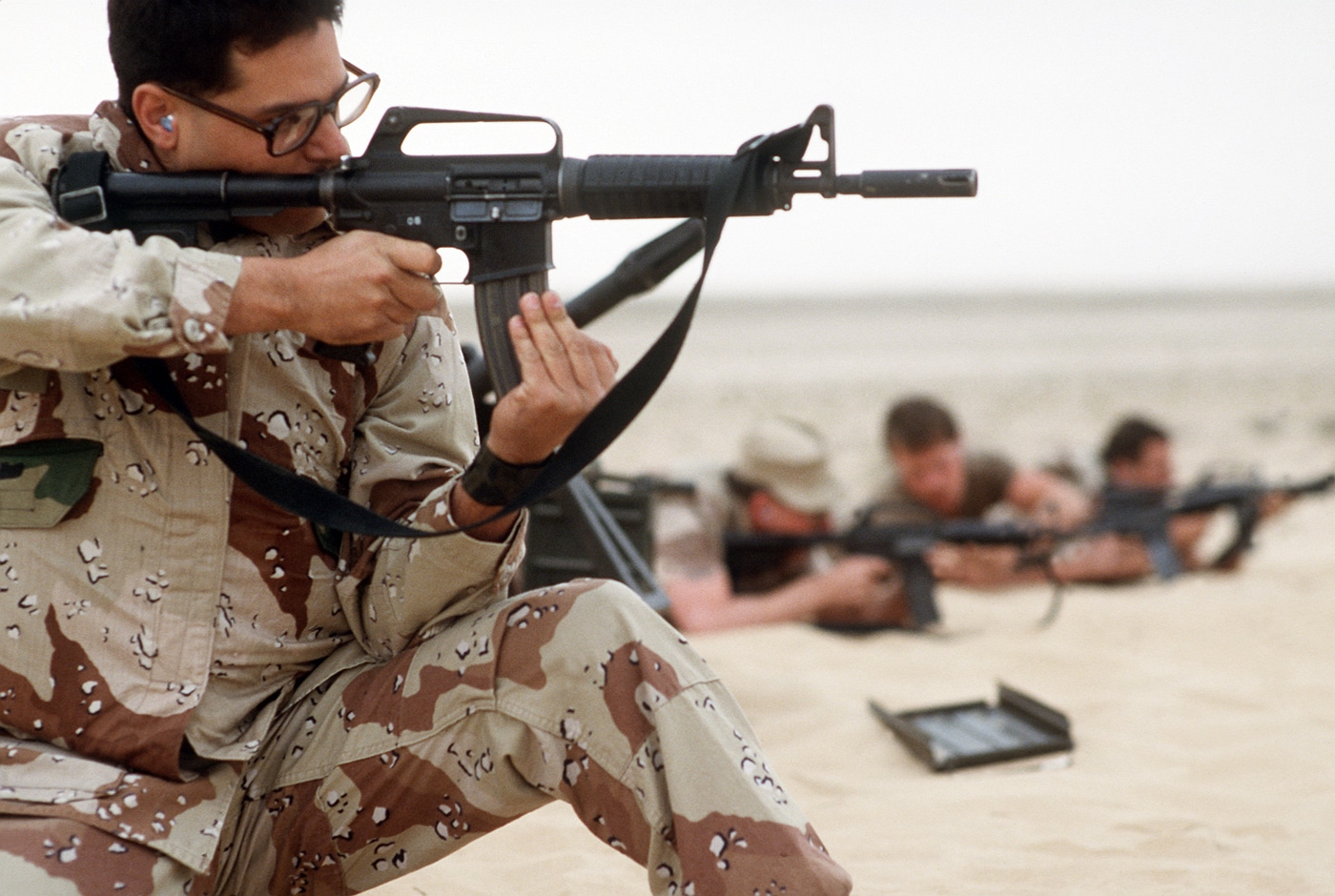
Law Enforcement: Police tactical units, SWAT teams, and patrol officers increasingly deploy carbines for active shooter response and high-risk operations. The shoulder-fired platform provides far greater accuracy than handguns, while the compact dimensions allow operation in buildings and vehicles. Many departments have transitioned to carbines as standard patrol weapons, recognizing their advantages in rapidly evolving threat situations.
Citizens: In the civilian market, carbines serve multiple purposes. Sport shooters appreciate their handling characteristics for competition shooting. Home defense advocates favor carbines for their combination of stopping power, accuracy, and manageable recoil. Hunters operating in dense brush or wooded areas often prefer carbines for their maneuverability. Many popular semi-automatic sporting rifles are essentially carbine-length firearms designed for recreational shooting and competition.
Conclusion: The Carbine’s Enduring Relevance
The carbine represents a thoughtful compromise in firearm design, balancing portability and maneuverability against long-range performance. From its historical origins as a cavalry weapon to its modern role as a versatile tactical firearm, the carbine has proven its value across diverse applications.
Whether deployed by military special forces in urban combat, law enforcement officers responding to active threats, or civilian shooters enjoying recreational activities, carbines continue demonstrating why this category of firearm has remained relevant for centuries. Understanding what defines a carbine — its shortened barrel, compact dimensions, and optimized handling characteristics — helps explain why these weapons have become so prevalent in modern firearms applications.
As combat environments continue emphasizing close to medium-range engagements and operational mobility, carbines will undoubtedly remain essential tools for armed professionals and lawful civilian users alike.
Editor’s Note: Be sure to check out The Armory Life Forum, where you can comment about our daily articles, as well as just talk guns and gear. Click the “Go To Forum Thread” link below to jump in!
Join the Discussion
Read the full article here









